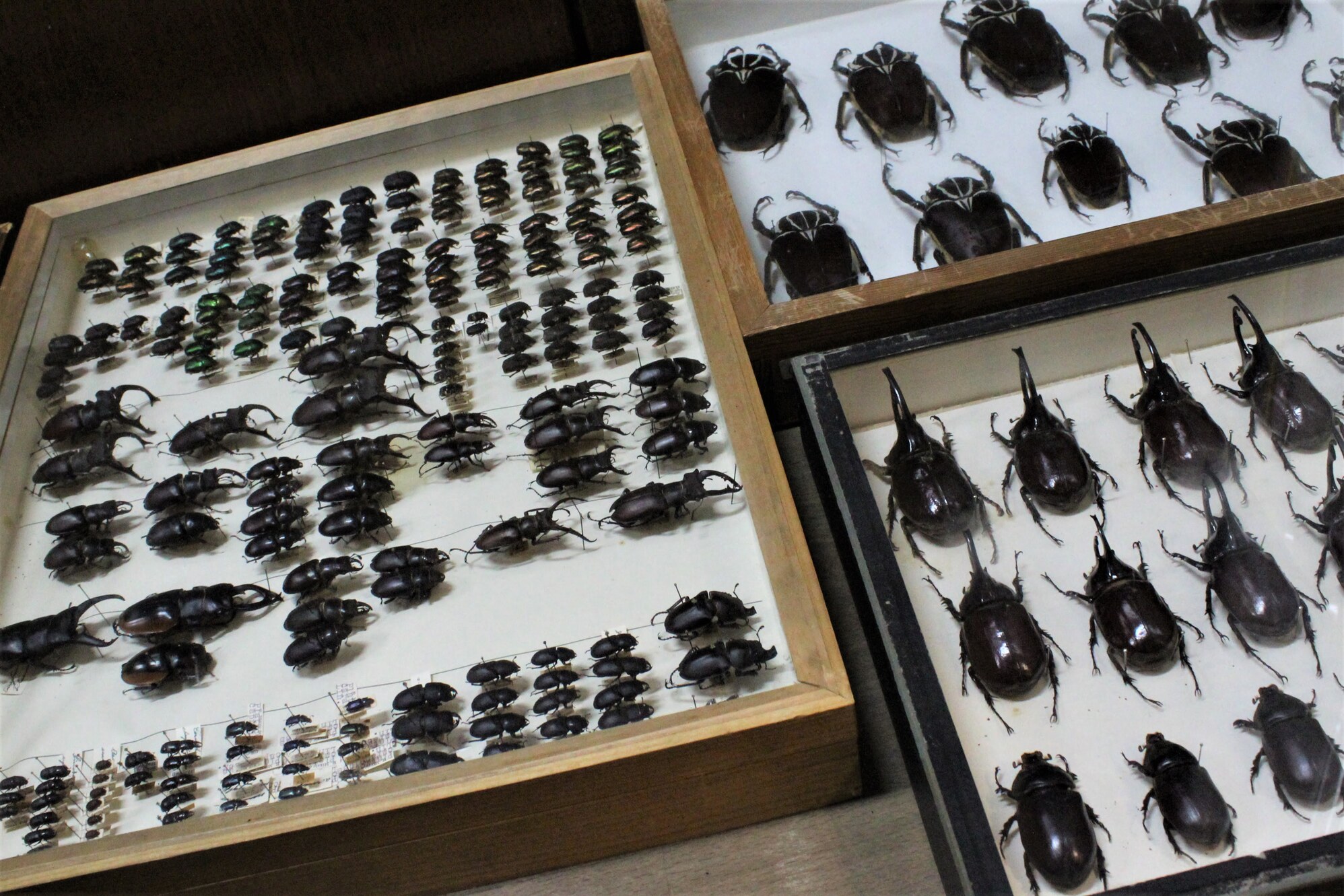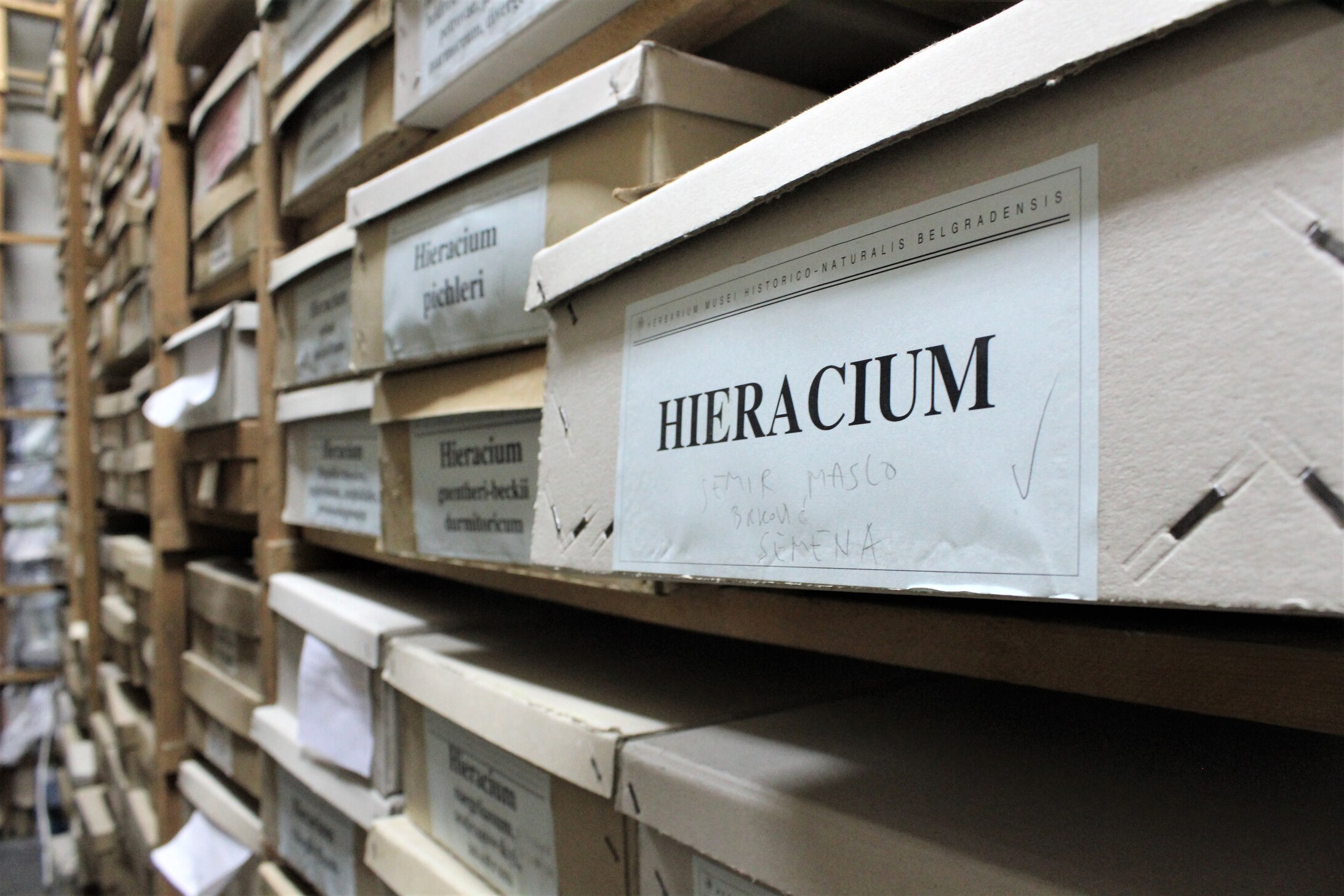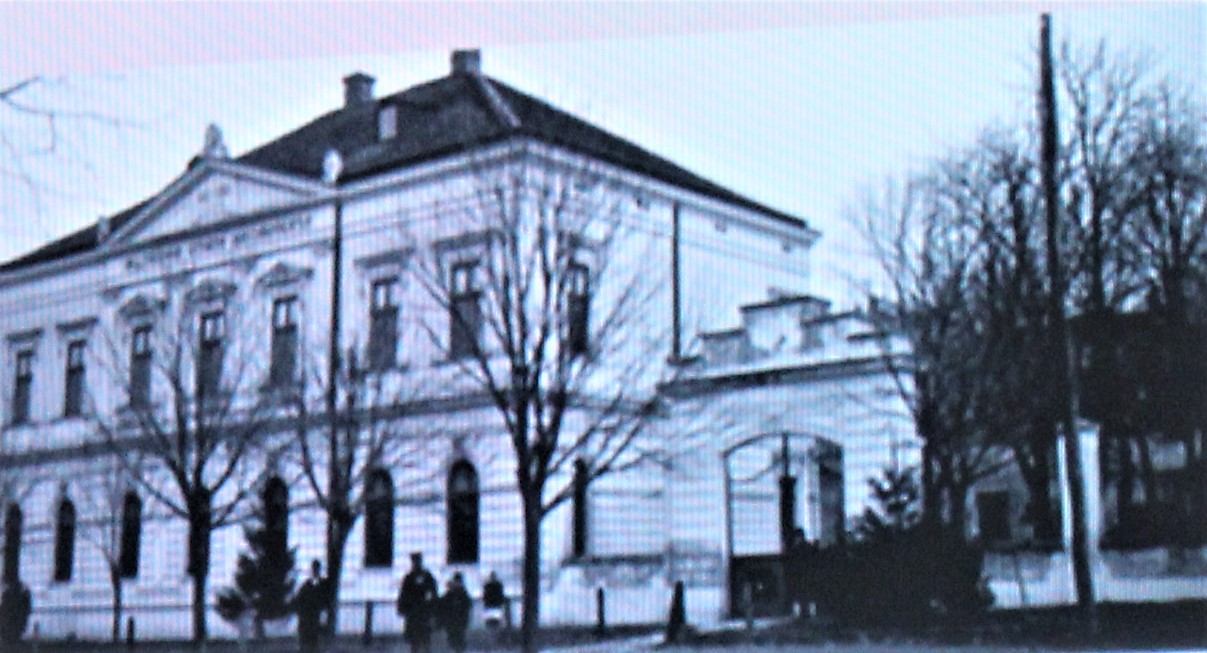WHERE IS IT?
The Natural History Museum is located in two buildings at 51 Njegoševa Street, and the gallery with exhibition items is situated in Kalemegdan.
THE HISTORY
The museum was officially established on December 19, 1895, but due to a lack of financial resources, it was not until 3 years later that the decision was made to open it in the converted house of the well-known politician Stefan Stevče Mihajlović.
The house of Stevan Stevče Mihajlović, where the Museum of Serbian Land (today's Natural History Museum) was located.
The house, which Stevan Stevče Mihajlović bequeathed to the state, was located at the corner of Ilije Birčanina and Miloša Velikog Streets, number 43. It was built in 1860 according to the design by architect Andrija Vuković. The museum was located there until 1938.
Natural history items of the museum were collected from April 1901 to 1903, and the first temporary curator selected was Petar Pavlović, a professor at the Second Belgrade Gymnasium. The initial collections of the museum were mostly received as donations from well-known naturalists, and later collections were acquired through field excursions and research, which began to be organized in 1904.
The first natural history exhibition was opened to the public on September 7, 1904, in honor of the centenary of the First Serbian Uprising and the coronation of King Peter I Karađorđević. The museum's work was completely disrupted during the Balkan Wars and World War I. By order of the Minister of Education in 1914, all valuable items and documents were transferred from the museum to the building of the "Green Gymnasium" in Niš. During the war, a large part of the library and museum's collection was lost.
After the war, the official jurisdiction of the museum expanded to the entire territory of the Kingdom of Serbs, Croats, and Slovenes. During the interwar period, many collections were restored thanks to donors and field research. Due to inadequate space and moisture issues, there were various complications and deterioration of valuable museum material.
In 1973, the Museum of Forestry and Hunting was also merged with the museum, and today, the Natural History Museum manages 125 collections, housing between one and two million specimens of minerals, rocks, fossils, fungi, plants, animals, and more.
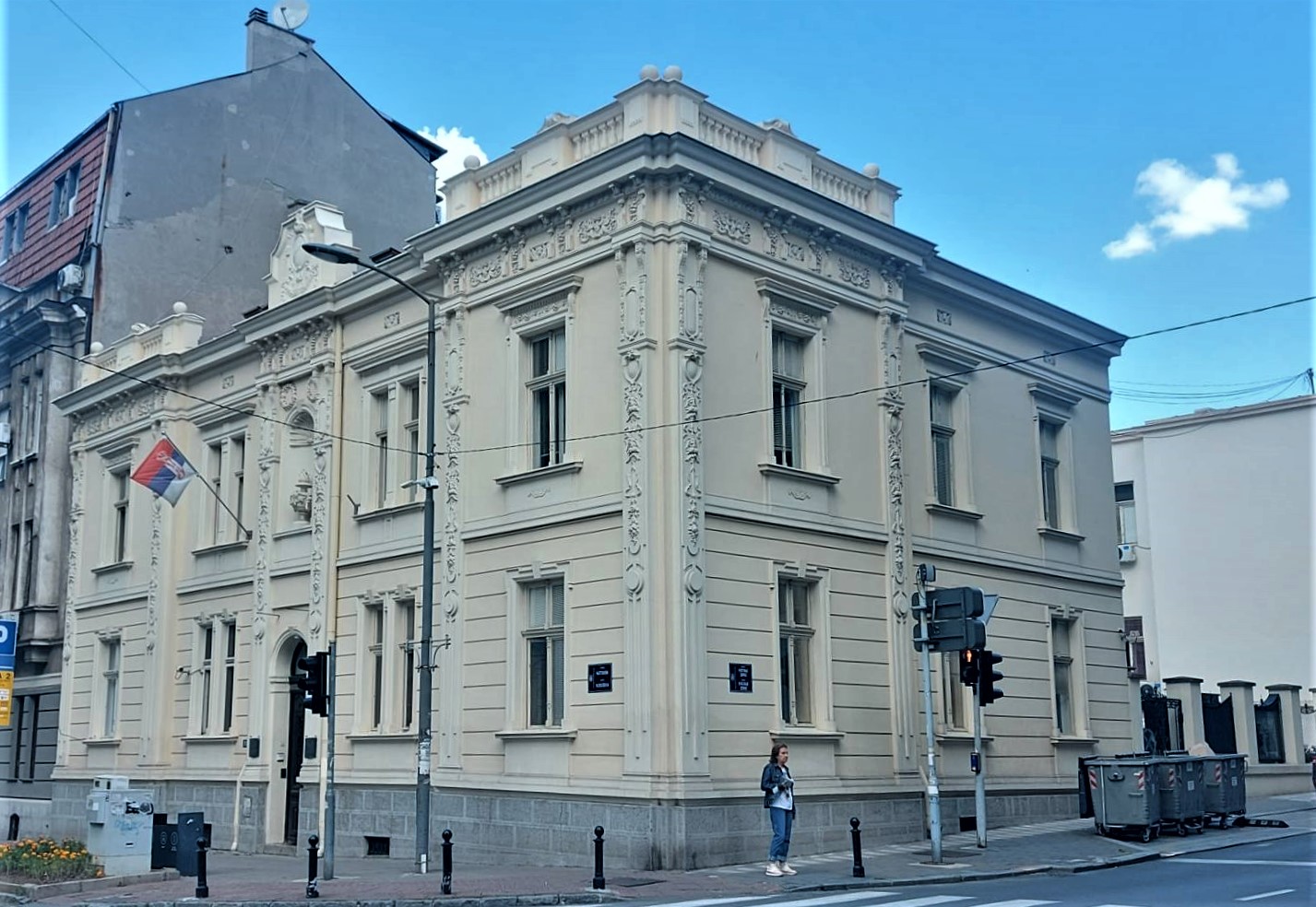
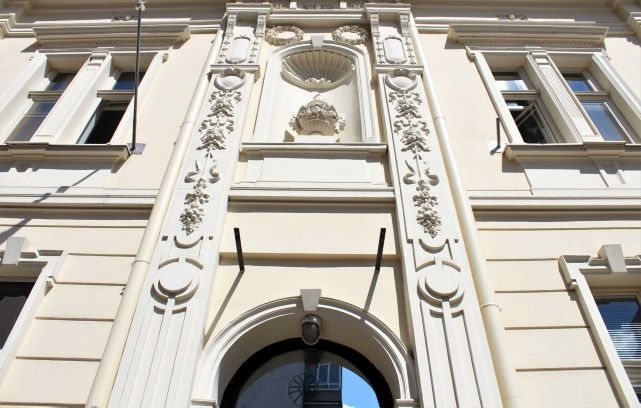

The buildings of the Natural History Museum
The Natural History Museum is currently located in two Vračar buildings at the corner of Njegoševa and Kneginje Zorke streets. The main building is situated at 51 Njegoševa Street, while the storage facilities are in a separate building within the courtyard. Due to the demolition of Stevče Mihajlović's legacy, a decision was made in 1938 to temporarily relocate the Museum of Serbian Land to its current building on Njegoševa Street. This building previously belonged to a private gymnasium with a boarding school run by Professor Vladimir Zdelar. Additionally, in 1907, a building was constructed in the courtyard based on the design by architect Danilo Vladisavljević, which housed the First Women's Real Gymnasium. Plans for constructing a new museum building were unsuccessful due to World War II, so the museum remained in its temporary location.
Private gymnasium with a boarding school run by Professor Vladimir Zdelar..
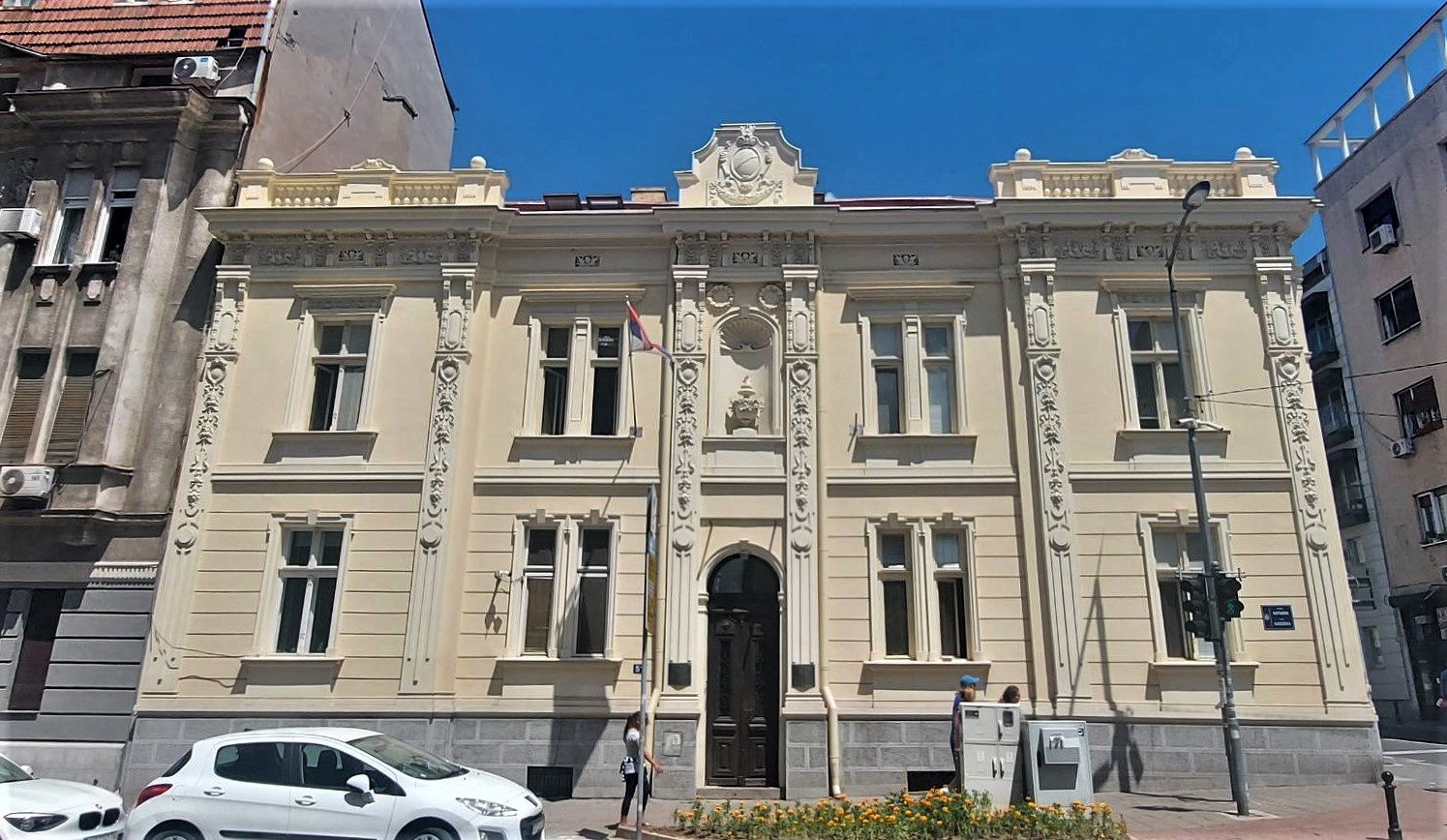


The gallery of the Natural History Museum on Kalemegdan.
The Natural History Museum also has exhibition space in the Gallery in Kalemegdan. After renovation, the Gallery was opened in 1994. The building of the Gallery during the 19 century served as a guardhouse for protection of the main entrance to the fortress from the direction of Stambol Gate.
From 1957 to 1973, the building housed the Museum of Forestry and Hunting, which was later merged with the Natural History Museum.
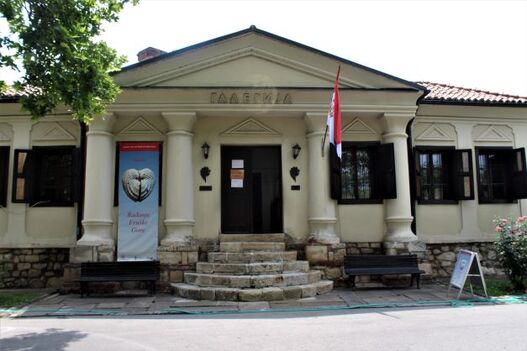
Pripremila: Milica Radivojević i Marija Janketić

